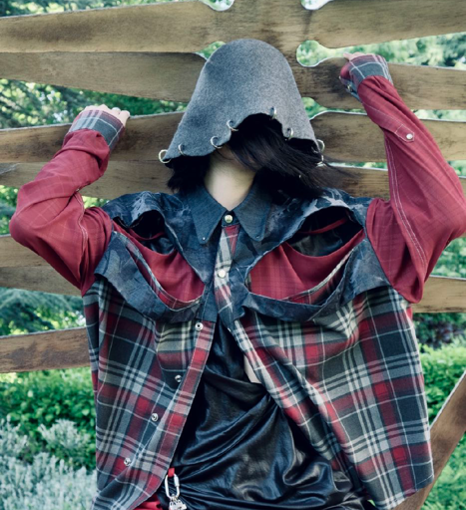Mailie Halcyon
Scroll to explore

I have always been drawn to subverting the public's expectations of masculinity. My working-class identity and the grafters/tradies of British Boys I've grown up with—my brothers, father, partner, and friends—have always felt pressured to dress hypermasculine to avoid judgment. This fear of appearing feminine stems from deep-rooted misogyny and suppressed sexuality. I enjoy examining hypermasculine spaces like pubs, clubs, races, and football through a lens that reveals their inherent campness and challenges gender norms. Embracing my sexuality and exploring its history has deeply influenced my design practice, which frequently delves into queer culture. I often look to the 1980s for inspiration, particularly its flamboyant and exaggerated fashion, which starkly contrasts with the British tradies I research for other projects. This contrast allows me to blend masculinity and femininity, creating new styles that challenge hypermasculine norms and place my muse in uncomfortable, thought-provoking positions. My collection, "Dressed Like That," embodies these themes. One primary inspiration was horse racing, where the working class dresses up extravagantly despite clear social hierarchies that remain unbridgeable. This mirrors the historical practice of dressing up for the Blitz Club, where people used fashion as a form of drag and disguise. I drew inspiration from Judy Blame and the Blitz Club to create tailored jackets that subvert traditional shapes. By slashing, gathering, and adding bustles to Tailcoats, Frock Jackets, and classic tailored jackets, I transformed them into something almost unrecognizable. This collection emphasizes the idea of drag and façade, blending masculine and feminine elements to challenge and redefine what it means to be masculine.




